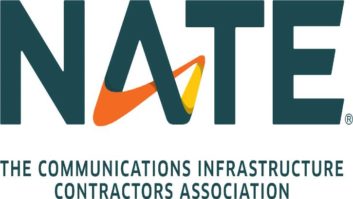As news events this week tragically demonstrate, severe weather can happen at any time.
Hours before the tornado in Oklahoma struck, I read a general advisory from the technical staff at NAB, reminding U.S. radio and TV stations that the FCC can help broadcasters stay on the air during weather and other emergencies. The timing was coincidental but I could not help but note the juxtaposition.
The Radio TechCheck newsletter (PDF), anticipating summer storm season, listed the following important resources and encouraged stations to take advantage. (I, for one, was not aware that station personnel can sign up for a program to facilitate priority access to cellular networks that become congested during emergencies.)
-Check your status in the FCC’s Disaster Information Reporting System, which allows you to keep the commission and other government agencies informed about your on-air status. “Enrolling in DIRS will allow automated updates instead of phone calls from government officials soliciting information on your status,” the NAB reminds us. “The DIRS program allows stations to enlist government help in locating fuel, a generator or other vital supplies during and after a disaster.”
Info about DIRS is here. To update your info or get started, visit here.
-Make sure your station contact info is accurate in the FCC’s Consolidated Database System and Universal Licensing System. “The FCC relies on the information in these systems to contact broadcasters that have been knocked off-air and may need assistance during times of emergency,” NAB writes.
CDBS info
ULS info
-And the FCC and the National Communications System administer three services that help users receive priority access to telecommunications services in emergencies. These are the Wireless Priority Service program, which NAB says can facilitate your station’s priority access to cellular networks that become congested during emergencies; the Government Emergency Telecommunications Services program, “which facilitates a similar function for congested landline networks”; and the Telecommunications Services Priority, an FCC program that directs telecom service providers (wireline and wireless) to give preferential treatment to users when they need to add lines or have them restored following disruption of service, regardless of cause. Info on these services is here.
Thanks to NAB for this reminder about programs that can help you stay on the air and minimize the time you are disconnected from telecom services during emergencies.












